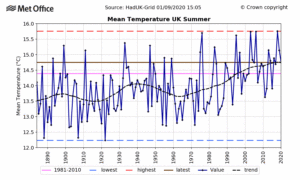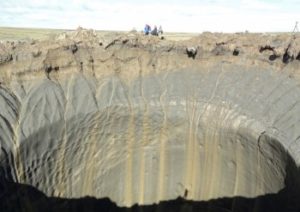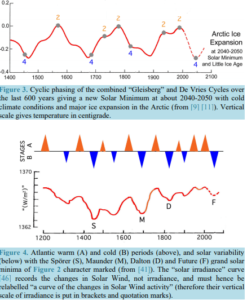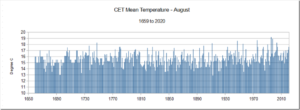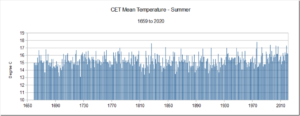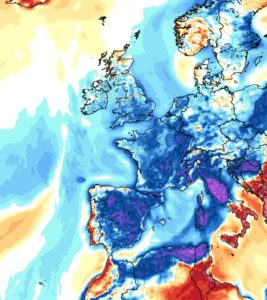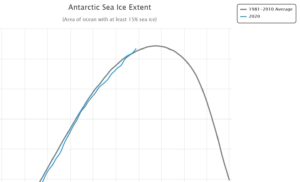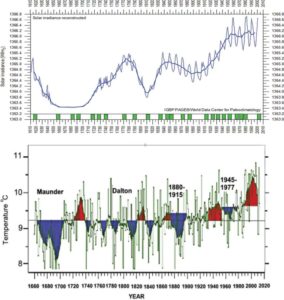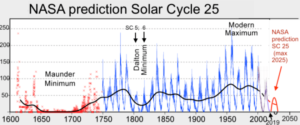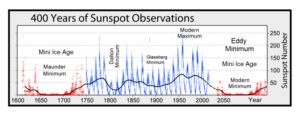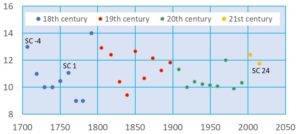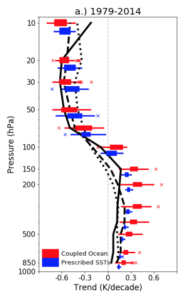by Tony Brown, August 28, 2020 in WUWT
“If Europeans truly mobilize around the delivery of the 2050 goal, every business decision, lifestyle choice, political swing, every hallmark of European culture — from annual ski trips, to Champions League Football matches, to French cheese — will need to be tested against its contribution to climate change.” European Commission ‘Green Deal’ March 2020
This is an article with a simple proposition. Science tells us that rapidly rising Co2 in turn causes rising temperatures, which has become a very serious problem for humanity.
The three questions I ask, in the expectation that the answer can be provided from main stream published science is;
“Assuming we reach zero carbon emissions by 2030-Extinction Rebellion (XR) requirement, or 2050 -the aim of most governments under the Paris Accord- 1) how long would it take for Co2 levels to naturally fall below the’ safe upper limits’ of 350ppm espoused by such as James Hansen; 2) for it to fall further to 280ppm -the previous pre industrial level -AND 3) when will temperatures start to fall in turn, to achieve pre industrial levels, said to be 1 to 2 degrees Centigrade below present, according to the IPCC.”
There are all sorts of caveats of course, with methane, water vapour, clouds, feedbacks, ocean response, natural variations etc but having scoured various ‘official’ web sites I can find no definitive estimate. An examination of the Extinction Rebellion web site demonstrates they are anarchists, rather than a serious green organisation. A couple of more reasoned attempts to track the consequences of zero carbon emissions are given in Note 3below the graphic-Figure 1 together with a variety of other useful background information.
Whether the reader personally believes excess Co2 to be a problem is not a matter this article is concerned with. Let’s take science at face value –our respective Governments have overwhelmingly agreed that humanity has added some 140ppm of Co2 to the pre industrial 280ppm and that, as a result, temperatures have risen substantially and are at a dangerous level and causing extremes of weather.
…



